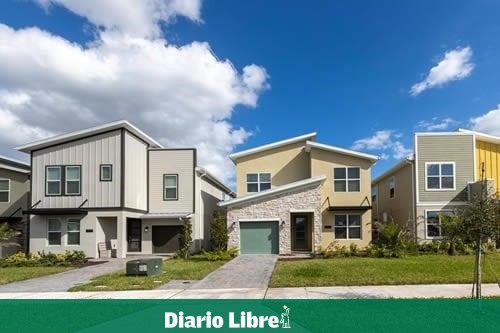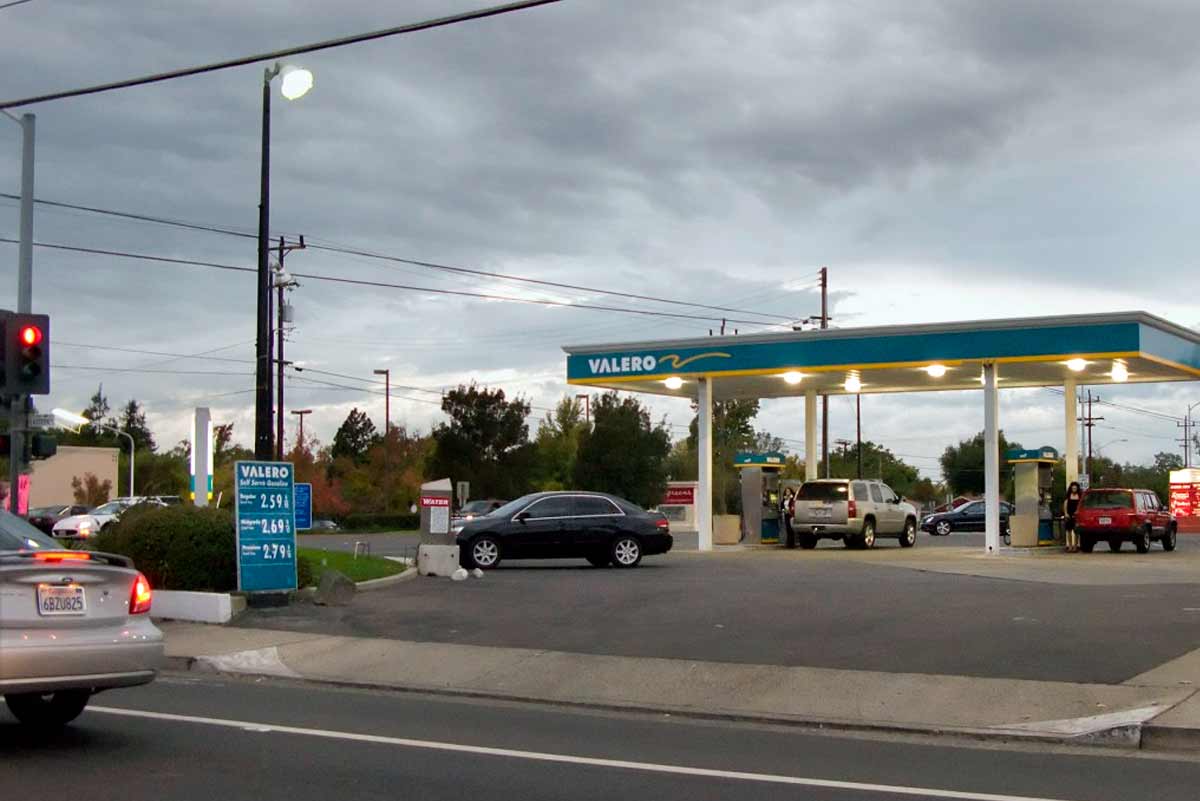Florida is at the top of the increase in rental prices of households and apartments in the US, a rise triggered by covid-19, among other reasons, and which in this southern state has been more noticeable, according to a study released this Tuesday.
A research from the University of Florida Atlantica (FAU, for its acronym in English) gave an account of the “25 most overvalued US rental markets”, a list whose first five places are occupied by cities and urban areas of the so-called “Sunshine State”.
According to this study, tenants in the urban area of Miami-Dade, Broward and Palm Beach counties, in the southeast of the state, pay an average of 2,832 dollars per month, which is equivalent to 21.75% more than what they should pay, “depending on the area’s long-term leasing trends.”
This geographical area, the first on the list, is followed by Fort Myers, in the southwest of Floridawith a median monthly rent of $2,052 per month, which is 18.16% above the long-term rental trend for the area.
Tampa, with an increase of 17.08%; the Sarasota-Bradenton area, up 16.98%, and Port St. Lucie (up 15.61%), round out the top five on the national list.
After them, in sixth place is Killeen, in Texas, with a 15.46% increase and the first city outside of Florida.
The authors of the study, in which researchers from the Florida Gulf Coast University and the University of Alabama, point out that in Florida has considerably increased the demand for rentals due to moves made by new residents from out of state.
But at the same time, developers “have struggled to build more units due to supply chain shortages and rising material costs,” according to a FAU statement.
“Florida it’s a popular destination under normal circumstances and now it’s even more desirable because its policies during the pandemic strongly favored consumers and businesses,” said Ken H. Johnson, an economist at FAU’s College of Business.
The expert specified that, in this scenario, the owners can charge “rentals exorbitant” because if tenants don’t accept the new terms other people will quickly accept them.
“All of this points to a persistent inventory shortage in rental units,” he added.
The study’s authors, including Shelton Weeks of the Florida Gulf Coast University, noted that recent increases in rentals from households and apartments are unusual in that “the rentals They tend to be less volatile than home prices, which react more to external forces like changes in mortgage rates.”
“Los rentals higher prices will persist until inflation is under control and we build enough units,” Weeks added.
For his part, Bennie Waller, from the University of Alabama, clarified that the strategy of moving to the suburbs, where prices are cheaper and thus escaping “unaffordable prices”, does not work either given that at the national level the cost of automobiles “It has shot up 48% year over year,” while gasoline in the southeast of the country has increased 51%.
The FAU recalls that the housing crisis prompted Miami-Dade to issue an ordinance that requires landlords to give at least 60 days notice in the event of rent increases of more than 5%.


